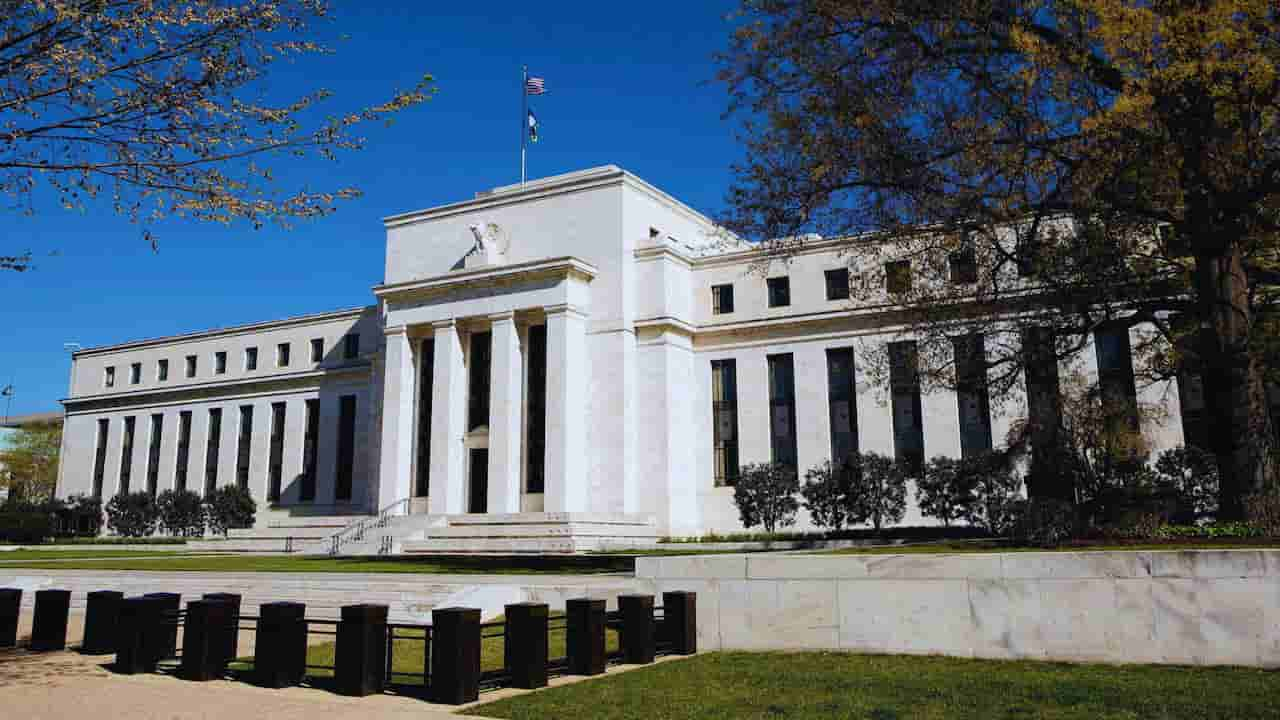Fed’s Next Move: Will Rate Cuts Come Sooner Than Expected?
In a surprising turn of events, the Federal Reserve’s next steps keep financial markets on their toes. Recent economic data shows traders holding onto their bets for interest rate cuts later this year despite mixed signals.
Let’s break it down. The Producer Price Index (PPI) stayed flat in September compared to August. This suggests inflation might be cooling off, inching closer to the Fed’s 2% target. It’s good news for those hoping for rate cuts.
But here’s where it gets interesting. The job market is still going strong. We saw more jobs added in September than experts predicted. This strength could make some Fed officials think twice about cutting rates too soon.
So, what’s the market saying? There’s about a 17% chance the Fed will keep rates steady at their November meeting. That’s up slightly from 15% before the latest data came out. But most bets are still on quarter-point cuts at upcoming meetings.
Here’s the big picture: Traders expect the Fed to lower rates gradually well into 2025. They predict the policy rate could drop to between 3.50% and 3.75% by mid-next year. That’s a big change from where we are now, with rates between 4.75% and 5.00%.
Remember last month? The Fed surprised everyone with a half-point rate cut. They called it a “recalibration” after a year of falling inflation and a slightly cooler job market. But now, some analysts are wondering if that move was too bold.
Let’s talk numbers. The PPI, which helps predict consumer inflation, rose 1.8% from last year. That’s a tad higher than expected but lower than August’s 1.9% increase.
When we add this to the Consumer Price Index data, some experts think core inflation might be about 2.9% annually, which is higher than we’ve seen recently.
What does all this mean for you and me? If you’re looking to borrow money, rates might start coming down soon. But don’t expect a dramatic drop overnight. The Fed is playing a careful game, balancing inflation concerns with economic growth.
It might be time for savers to lock in those higher interest rates while you can. As rates potentially fall, so will the returns on savings accounts and CDs.
Businesses should also pay attention. Lower rates could mean cheaper loans but also signal the Fed’s concern about economic growth. It might be wise to plan for different scenarios.
The housing market could be relieved if mortgage rates follow suit and decrease. This could make homeownership more affordable for many Americans who’ve been priced out in recent years.
But here’s the kicker: While the data hints at rate cuts, it’s not a slam dunk. Some Fed officials might have second thoughts about that big cut last month. The economy is showing that there is still some fight left.
So, what’s next? All eyes will be on the Fed’s upcoming meetings. Will they stick to their guns and cut rates as the market expects? Or will substantial job numbers and stubborn inflation make them pause?
One thing’s for sure: The Fed’s decisions in the coming months will ripple through every corner of the economy. From your savings account to the housing market, from business investments to job creation, these choices matter.
As we wait for the next move, the Fed is clearly walking a tightrope. They’re trying to cool inflation without freezing economic growth. It’s a delicate balance, and every piece of new data could tip the scales.
For now, it looks like rate cuts are still on the table. But in the world of central banking, things can change fast. Stay tuned, watch the numbers, and be ready for anything. The economy’s next chapter is still being written; we’re all part of the story.
